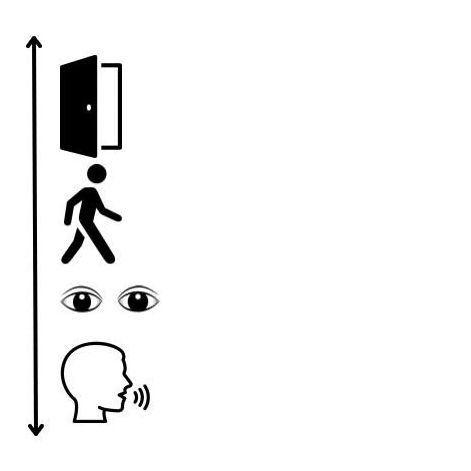22 November 2024|communication skills
“Primatologist Signe Preuschoft traces the smile back over 30 million years of evolution to a “fear grin” stemming from monkeys and apes, who often used barely clenched teeth to portray to predators that they were harmless or to signal submission to more dominant group members. The smile may have evolved differently among species, especially among humans”. (Wikipedia).
Do you smile when you enter a room?

Leading a team globally presents challenges whatever your industry, whatever your location, whatever the team size and how experienced you are as team leader. A lot of the challenges and issues are the same whether you have team members from, only a few countries, one specific part of the world, or across the world.
What can you do culturally to ensure that the team is more successful?
One thing to consider is facial expression. Let’s look at smiling.
Smiling is usually something involuntary and happens during your day in social and business interactions and conversations. Sometimes, it is voluntary, for example when you are starting a presentation, about to deal with a difficult situation, or arriving at an interview.
What does a smile indicate to you? How many of these do you agree with?
Happiness
Acknowledgement
Embarrassment
Encouragement
Disagreement
Lying
Anger
Reward
Disbelief
Flirtation
Friendliness
Flippancy
Hiding feelings
What else would you add to the list?
Frequency of smiling is something to consider. Does someone smile often in different situations or only in certain situations.
Of course, it depends on who the smile is from, the situation and the location. However, culture is also a key factor.
From my experience training and coaching groups, I have often used an example and then asked the people in the group when they smile in a certain situation.
In this example, you are going into a room of people to speak with them. So, you start at the doorway, walk towards the group of people, make eye contact, and then start to speak with them. You may also greet them by bowing, shaking hands, kissing, etc. However, think of the example as four distinct stages, and ask yourself – when do you personally smile.

When I have used this with a group of people the answers have been at many different points on the line. Some people are smiling at the door, and some not until conversation has been continuing for some time, and many others at points in between.
As individuals we feel more comfortable when the smile from the other person comes when we are expecting it. If the smile is earlier than we are expecting, it can be interpreted as lack of seriousness, flippancy or superiority. If the smile is later than we are expecting, then it can be interpreted as lack of friendliness, disagreement or lack of inclusion.
So, in this example, if you smile when you are at the door, then you may feel uncomfortable with anyone who smiles much further down the line. On the other hand, if you only smile when speaking begins, you may be surprised at why someone is smiling before this happens.
So, a global team will have a huge diversity in when and how often they smile. Until the team members know each other very well, this can be a factor in how they adapt to each other’s cultures.

In short, is the smile part of the greeting process or does it occur when a relationship has been established?
If you keep this in mind and adapt, you will make others in your team feel more comfortable, and potentially avoid misunderstandings.
Further reading
If you are managing a diverse team in terms of culture and time zones, and you are finding it challenging, use Intercultural Success to coach effective leadership.
We have decades of experience and have helped hundreds of leaders and managers across the world manage culture and deadlines and time and culture.
Contact us today to discuss your challenges.

